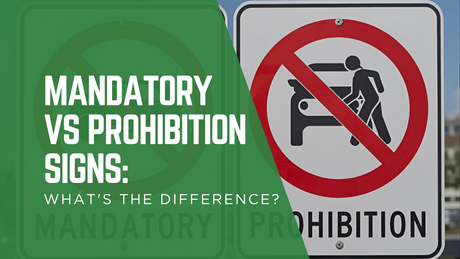Safety gloves are a critical component of personal protective equipment (PPE) in various industries. One common question that arises is whether safety gloves can effectively prevent cuts. In this article, we will explore the protective capabilities of safety gloves, their construction, and the standards they must meet to provide optimal cut resistance, helping to keep workers' hands safe.
Understanding Cut-Resistant Safety Gloves:
Safety gloves designed to prevent cuts are specifically engineered to offer protection against sharp objects, such as blades, edges, or glass shards. While no glove can guarantee complete invulnerability to cuts, cut-resistant gloves significantly reduce the risk of lacerations and injuries.
Cut-resistant gloves feature advanced materials such as high-performance fibres, including aramid fibres (e.g., Kevlar), high-density polyethylene (HDPE), and stainless steel wire. These materials are incorporated into the gloves' construction to provide enhanced resistance to sharp objects.
It is important to note that the effectiveness of cut-resistant gloves depends on their rating and compliance with relevant standards. In Australia, the primary standard for mechanical risk gloves is AS/NZS 2161.2. This standard categorises gloves into different levels, ranging from 1 to 5, based on their resistance to cuts and punctures.
The higher the level, the greater the cut resistance. Gloves classified as Level 1 offer basic protection, while those classified as Level 5 provide the highest level of cut resistance. When selecting safety gloves, it is crucial to consider the specific hazards and tasks involved to ensure the appropriate level of protection.
Additionally, the fit of the gloves is crucial. Gloves that are too loose or too tight may compromise their protective capabilities. A proper fit ensures that the glove remains in place, reducing the risk of accidental hand exposure.
It is important to remember that cut-resistant gloves are designed to provide a barrier against cuts. However, they are not invincible, and their protective capabilities have limits. Excessive force, sharp objects with extreme cutting capabilities, or prolonged exposure to abrasive surfaces can compromise their effectiveness.
Cut-resistant safety gloves are an essential line of defence against cuts and lacerations in various industries. While they cannot eliminate the risk entirely, they significantly reduce the likelihood of injuries caused by sharp objects. Compliance with relevant standards, such as AS/NZS 2161.2 in Australia, ensures that the gloves meet specific cut-resistant requirements.
Employers must provide appropriate cut-resistant gloves based on the hazards faced by their workers. Regular inspection, proper training on glove usage, and adherence to safety protocols are vital to maintaining optimal protection.
Remember, safety gloves are just one aspect of comprehensive workplace safety. They should be used in conjunction with other safety measures, such as proper training, engineering controls, and risk assessment, to create a safe and secure working environment. By prioritising the use of cut-resistant safety gloves and following best practices, employers can effectively minimise the risk of cuts and promote worker well-being.




